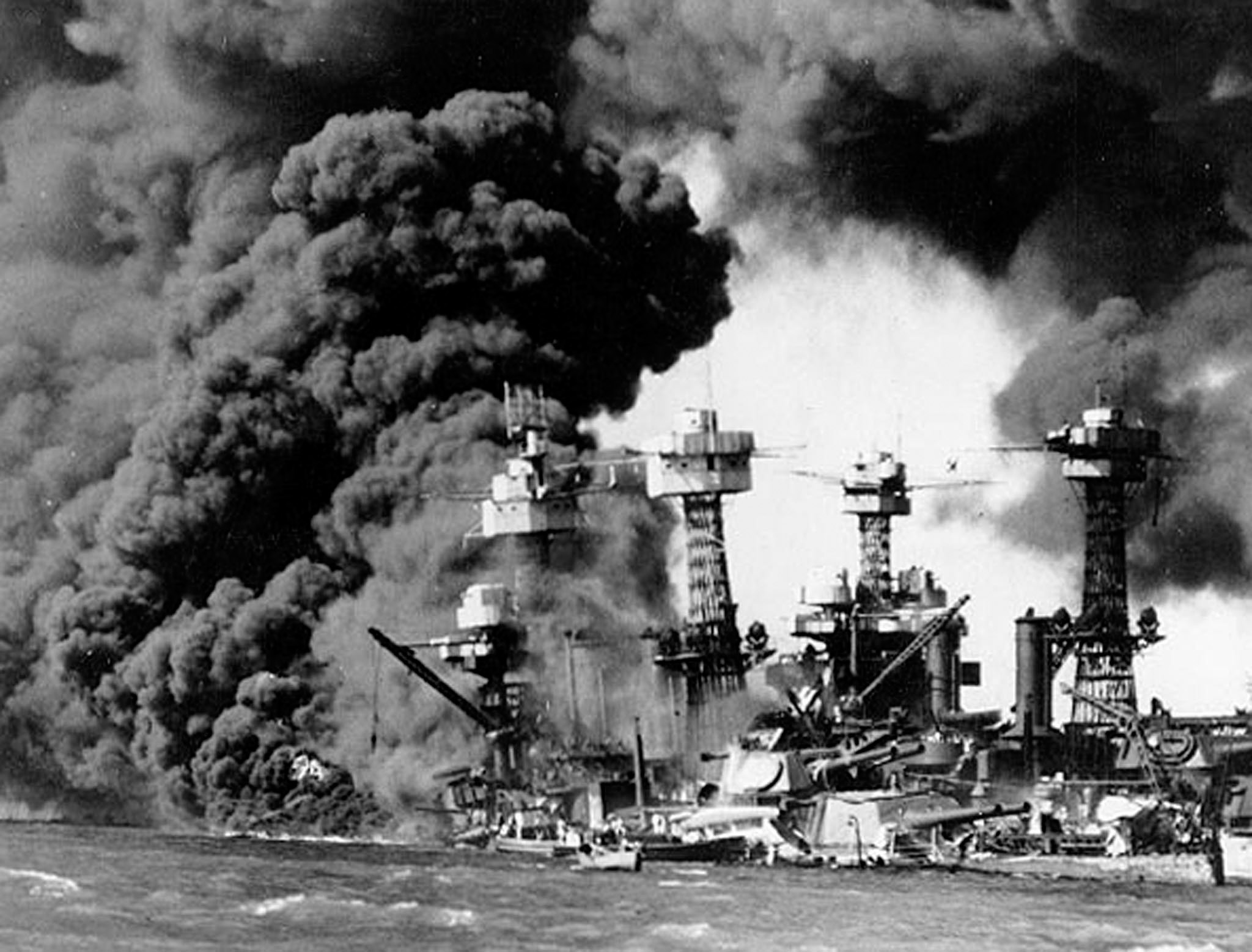Dec. 7 has never been an ordinary day for Takeo Iguchi. On that day 73 years ago, when Imperial Japanese Navy warplanes attacked Pearl Harbor, he was in Washington, the 11-year-old son of Sadao Iguchi, counselor at the Japanese Embassy there.
Takeo Iguchi, himself a former ambassador to New Zealand and a professor emeritus at Shobi University, has devoted his research to reversing a prevalent view in Japan that it was due to the embassy's neglect that Japan's final memorandum was handed to U.S. Secretary of State Cordell Hull at 2:20 p.m. on Dec. 7, 1941, Washington time — one hour after the start of the attack — and thus giving Japan the disgrace of launching a "sneak attack."
Reiterating the theme of his 2010 book "Demystifying Pearl Harbor — A New Perspective from Japan" (International House of Japan), Iguchi, 84, said in a recent interview that the Japanese army, which wanted its attack on Kota Bharu on the Malay Peninsula and the navy's attack on Pearl Harbor to be carried out without prior warnings, "caused the Foreign Ministry's delay in the transmission of a telegram containing the concluding and crucial part of the memorandum in order to protect the secrecy of the Pearl Harbor attack."



